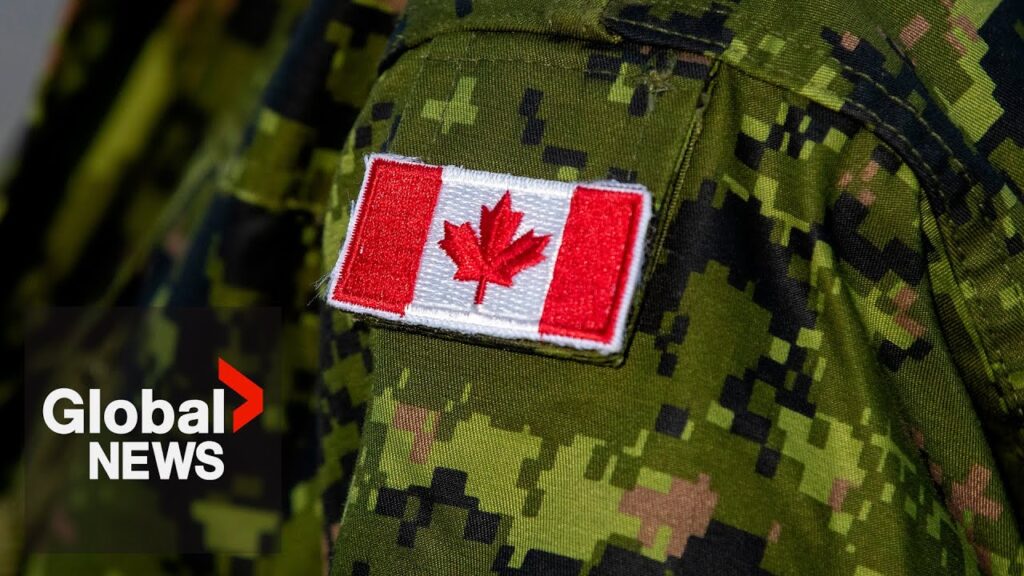
Introduction
As global tensions increase and geopolitical dynamics shift, the significance of military recruitment in Canada has never been more pronounced. The Canadian Armed Forces (CAF) play a crucial role in national security, disaster response, and international peacekeeping. In recent years, Canada has faced challenges in attracting and retaining military personnel, making military recruitment a hot topic in discussions about defense and security.
Current Recruitment Challenges
The Canadian Armed Forces are currently grappling with a significant personnel shortage. Reports from the Department of National Defence indicate that despite efforts to improve recruitment processes, the CAF fell short of its recruitment targets in 2022 by approximately 2,000 personnel. Factors contributing to this shortfall include intense competition from civilian job sectors, changing societal expectations regarding work-life balance, and concerns about mental health support within the military.
Initiatives to Boost Recruitment
In response to these challenges, the CAF has rolled out several initiatives aimed at rejuvenating its recruitment process. The introduction of streamlined application procedures, enhanced marketing strategies targeting younger demographics, and increased visibility of career benefits are part of these efforts. For instance, the CAF has launched social media campaigns highlighting stories from serving members, showcasing the rewarding experiences of a military career. Additionally, the government has allocated funds to enhance mental health services and career transition programs, which are crucial for retention after training.
Focus on Inclusion and Diversity
Another cornerstone of the CAF’s recruitment strategy is fostering a diverse and inclusive environment. The military has acknowledged that a diverse force is crucial for a well-rounded and effective defense. Recruitment campaigns now specially target underrepresented groups, including women, Indigenous peoples, and visible minorities. The goal is not only to increase numbers but also to create a force that reflects the Canadian population, thereby enhancing operational effectiveness and community relations.
Conclusion
Looking ahead, Canada’s approach to military recruitment will need to continue adapting to evolving societal attitudes and labor market conditions. As international security threats grow, maintaining a robust and prepared military force will be essential for Canada. The ongoing emphasis on diversity, mental health resources, and targeted outreach is likely to be crucial in attracting a new generation of military personnel. For Canadians, these recruitment trends underscore the important relationship between military service and national security, as well as the commitment to ensuring that the Canadian Armed Forces remain effective and inclusive in an ever-changing world.



